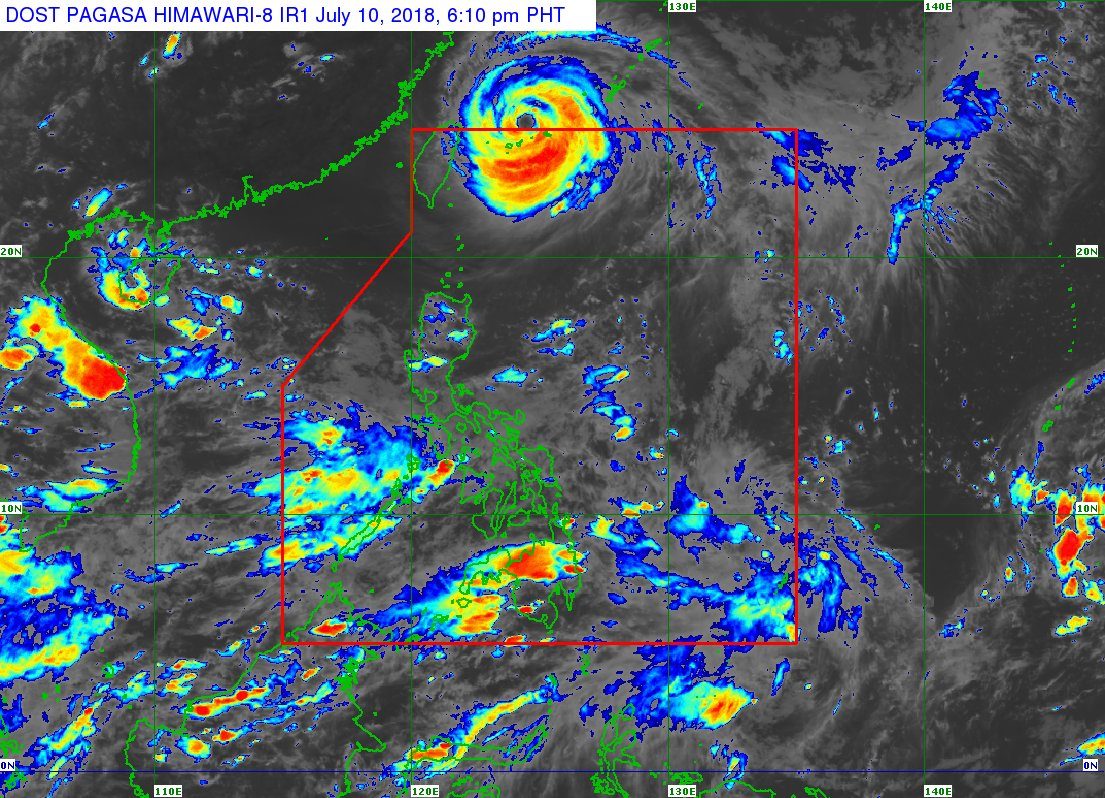SUMMARY
This is AI generated summarization, which may have errors. For context, always refer to the full article.

What’s the weather like in your area? Report the situation through Rappler’s Agos or tweet us at @rapplerdotcom.
MANILA, Philippines – Typhoon Gardo (Maria) left the Philippine Area of Responsibility (PAR) at 6 pm on Tuesday, July 10, but PAGASA warned that rain from the southwest monsoon or hanging habagat will still continue.
The typhoon slightly strengthened shortly before it left PAR. It now has maximum winds of 180 kilometers per hour (km/h) from the previous 170 km/h and gustiness of up to 245 km/h from the previous 210 km/h.
Gardo did not make landfall in the Philippines, so tropical cyclone warning signals were not raised in any area. But the typhoon did enhance the southwest monsoon, which has been bringing rain to parts of Luzon and the Visayas. (READ: PAGASA: Typhoon Gardo different from Yolanda)
Though Gardo is already out of PAR, PAGASA warned that monsoon rain is expected in Bataan, Zambales, Palawan, Oriental Mindoro, and Occidental Mindoro.
Occasional rainshowers will also hit Metro Manila, Calabarzon, Bicol, Western Visayas, the rest of Central Luzon, Marinduque, and Romblon.
Residents of areas affected by the southwest monsoon should remain on alert for possible flash floods and landslides, especially in low-lying or in mountainous areas. (READ: FAST FACTS: Tropical cyclones, rainfall advisories)
PAGASA is also monitoring a low pressure area (LPA) outside PAR which could develop into a tropical cyclone.
According to PAGASA weather specialist Ariel Rojas, there are usually 2 to 4 tropical cyclones for the month of July. The Philippines usually gets an average of 20 tropical cyclones per year. (READ: LIST: PAGASA’s names for tropical cyclones in 2018)
PAGASA had declared the start of the rainy season last June 8. – Rappler.com
Add a comment
How does this make you feel?
There are no comments yet. Add your comment to start the conversation.